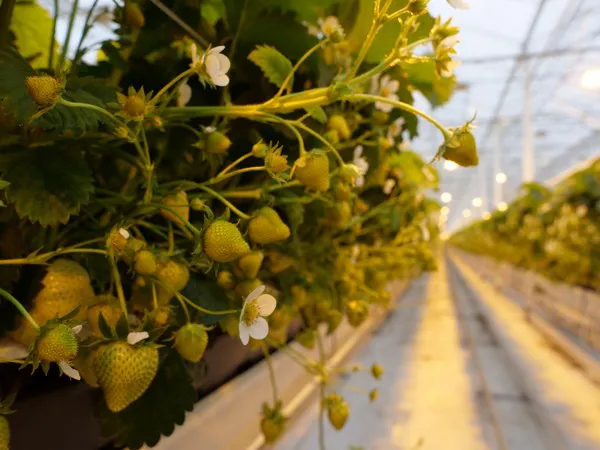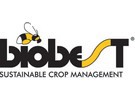At the start of the year, strawberry growers using artificial lighting benefit from a steady production. However, even though it is winter, thrips and spider mites remain a problem. To counter that, growers rely on biological control agents. Biobest advisor, Eline Braet, explains the different solutions.
"While the development of pests is slower at lower temperatures, nevertheless growers should set out to keep a good level of control," says Eline.
To control spider mites, she recommends a combination of Phytoseiulus-System and Californicus-System. "These same predatory mites produce excellent results in unlit greenhouses,” she says. “If the pest pressure remains high, we recommend repeating introductions of the voracious Phytoseiulus persimilis."
ABS-System
To control thrips, Eline recommends growers employ the ABS-System. “These Amblyseius-Breeding-System sachets contain feed for the predatory mites,” she explains. “This enables Amblyseius cucumeris to multiply inside the sachets, ensuring a continuous release of predatory mites over several weeks. These mites can keep the pest pressure down throughout the entire crop. “A crop that finishes clean will benefit the next crop cycle.”

Clips instead of glue
“As always, good control starts with careful monitoring,” says Eline. “Strawberry growers generally use sticky traps or sticky rolls. Our Bug-Scan Roll Yellow, for example, is ideal for monitoring whitefly. We supply plastic clips that enables growers to attach the rolls easily to the poles - preventing unwanted glue residues being left behind.”
Bumblebees
Finally, Eline advises growers to pay special attention to their bumblebees, as they are less able to navigate in lit crops.
"Bumblebees need daylight for orientation,” she explains. “They are less able to navigate in artificial light. We therefore advise only opening the nest sliders between 10am and 2pm. This means bumblebees take full advantage of the available natural light and will carry out their pollination work satisfactorily. “The opening and closing of hives can be easily automated with Biobest's system of bumblebee racks.

